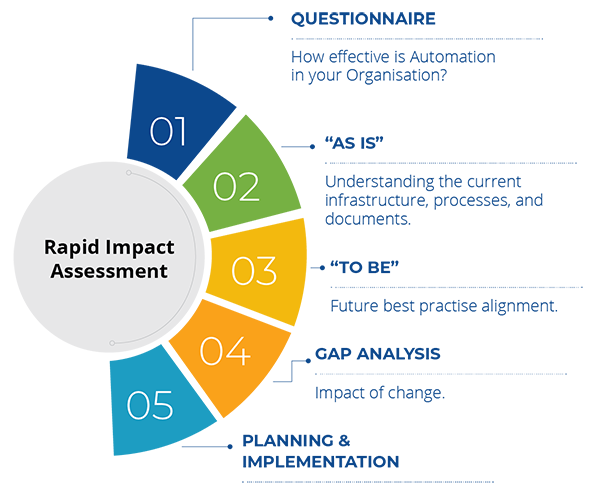
What do they mean by the “Hybrid Office” and the “New Normal”
 I am 100% convinced that the world post Covid 19 will be fundamentally different to the pre-Covid 19 one. The justification for travelling to work, battling traffic and commuters will no longer be fully justified.
I am 100% convinced that the world post Covid 19 will be fundamentally different to the pre-Covid 19 one. The justification for travelling to work, battling traffic and commuters will no longer be fully justified.
The coronavirus pandemic has forced a lot of us to work from home and even though it might seem an ideal situation for many, a work-life balance is vitally important.
While the pre-Covid world was under the impression that life is what it is, suddenly a pandemic hit and the subsequent events, rules and lockdowns forced companies worldwide to change their style of work and let their employees work from home or remotely. With the vaccination process progressing on a country-by-country basis we will see shifts in work methods in our own environment and with our suppliers and customers.
Work, by necessity, will remain a lot more flexible and the role of the physical office will need to be a lot more defined. The “Office” will no longer be the place for continual meetings that could have as easily been had online. Instead, the “Office” will need to be designed to foster innovation, to allow socialisation, to foster a sense of community and drive culture creation and maintenance. Companies will be forced to truly define the benefits of coming to the office as opposed to working from home and get the buy in from employees
It will be crucial to take into consideration the mental health ramifications that can come with working remotely. This is a balance that companies must get right. The term “Hybrid Office”, will have different meanings for different people and companies must assess an employee’s ability to work from home.
Factors that will need to be assessed will include but, will not be exclusive to:
- Employee fear of infection (will COVID 19 ever truly disappear)
- Employee need for socialisation
- Employee adaption to working from home
- Employee access to WIFI and general office equipment
- Employee home space (is it feasible to work from home)
- Employee’s role in the organisation
Forward thinking organisations may have a different scorecard to access employee needs which could address some of the above and more.
A number of years ago, a study was completed into the optimal design for offices. The study concluded that offices should be designed to encourage the maximum number of collisions for those people who need to collide.
This was based on the fact that conversations in corridors, by the coffee machine and the ability to pop into a colleague’s office for a five-minute chat, all led to greater productivity.
An interesting observation in this study was that employees saw 30% less of people who worked one floor down, 60% less of people who worked two floors down, and 90% less if people worked in separate buildings. This study did not cater for employees spread out in individual dwellings in over a 50 kilometre radius.
For reasons such as the above, the design of the “Hybrid Office” will be a strategic differentiator and a driver of competitive advantage. The companies who get it right will thrive, but it will certainly be one of the biggest change management exercises of the last number of decades,
This new working environment will also change the way in which we have previously used technology. Communications must flow seamlessly, and wet signatures will be phased out where possible. This highlights the need for professional Document Generation, Customer Communications Management and Digital Signatures.
COVID-19 will deliver in what the promises of digital transformation have failed to achieve i.e., “the paperless office”. This will be delivered on because there will be no other choice. The use of paper requires heavy human interaction and when this is taken away, paper will become virtually redundant. This will deliver a massive shock to many corporates given that 70% of business processes are paper and email based.
In turn, this will push professional Document Generation to the top 5 in a CIO’s agenda from outside the top 10 pre-pandemic. Documents and communications must flow and be professional, accurate, timely and compliant. Data from legacy systems must be accessed and assimilated and generate for customers mass personalised communications. Employees must have easy access to documents, marketing must own the Corporate Image and rigorous risk and compliance must be ensured.
We are not talking about massive innovation, rather we are talking about implementing what the definition of being “digital” really means.




